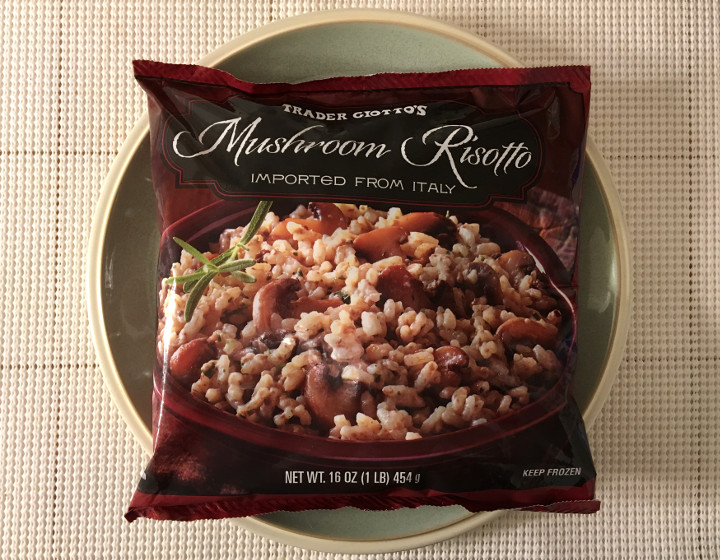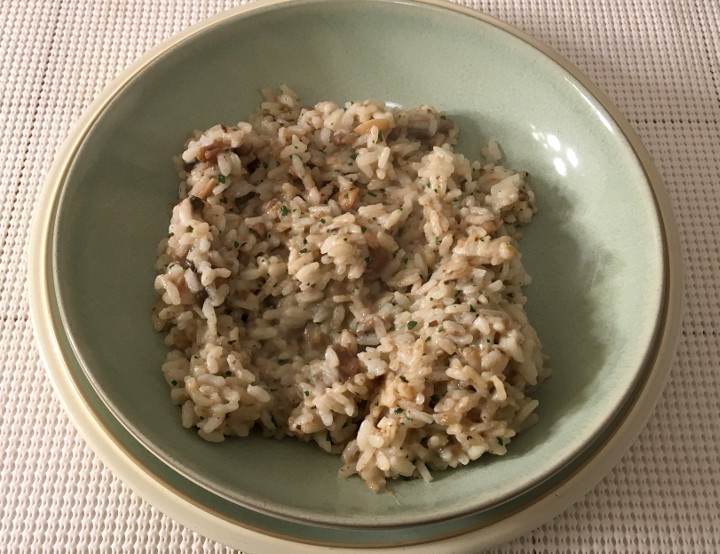I am a rising senior who is an Anthropology and Human Biology major at Emory. Growing up, my mom always home-cooked for the whole family and we hardly ate out because it was deemed unhealthy. Before going to college, I had no interest in cooking and never learned how, which I deeply regret. Janice is one of best friends at Emory and we have had different lifestyles and eating habits growing up as she often cooked for herself at home. I am conducting this study because I would like to explore how other college students eat in a typical day and how it compares with my own perspective and experiences as college students are often busy with school, extracurricular activities, social life, and work. Janice currently works full-time as a scribe at the Emory Hospital, working 12 hours shifts 4 times a week and during various hours. She does yoga at least five times a week and is also currently taking a summer online class.
During this study, I implemented some anthropological methods of participant observation, comparison, and informal interviewing. Through participant-observation, I am trying to live a day in her life to understand her perspective, while also applying my own experiences and perspectives to “draw a wider conclusion about how the culture and society work” in this eating culture. This was done through the everyday task of buying the food from the grocery store, Trader Joe’s, prepping, cooking, eating, and cleaning up together. Through sharing this entire experience together, I learned more about her everyday eating habits.
We bought a variety of frozen meals together as this was going to last for the week and she gave me many recommendations, such as the cauliflower stir-fry, mushroom risotto, samosa, and chicken burrito bowls. We bought many snacks such as white cheddar corn puffs, various cheese and crackers, guac, and the infamous cookie butter, which are all snacks that I have never tried before. We spent around 30 minutes in the grocery store, trying to find food as cheap, least messy, and as quickly as possible. We then went home and put everything away. Janice has a small dining room table that has four seats and is typically bare with no decorations that is used for the sole purpose of doing homework and eating. Before cooking the risotto, we both ate some corn puffs and cookie butter straight from the jar. The risotto has two options, we could either pour it in the saucepan or we could microwave it. Seeing that both are easy and fast, we decided to cook. She stated that she attempts to limit “zapping” her food too much and that it tastes better in a pan anyways. However, if she was just cooking for herself, she was more likely to microwave it in order to avoid the extra step of washing a pan. Cooking in the pan consisted of approximately 6 minutes on high with just 2 tablespoons of water and two packets of risotto and then split the portion onto two plates. We bring the plates to the table and chat and ate while we occasionally are on our phones. Sometimes, she will eat on her futon while eating on her couch as she watches a movie. After we finished our risotto, we left the dish in the sink, while we went to sit and watch a movie. After the movie, it was about time for me to go home. As a guest, I am uncomfortable to leave a mess and we wash the two plates together. As of right now, she does not run the dishwasher in order to save money on electricity and water as she is living alone.
Through informally interviewing and participant observation, I notice that Janice priorities fast, convenient, cheap, and flavorful food. She attempts to be conscious about her health by acknowledging the calories that she consumes in a day but does not prioritize it too much. She occasionally eats out with friends or during a spur of the moment cravings as long as it is cheap, such as taco bell. As a college student, the main priority for her is the cost, and getting the most bang for her buck. She also pointed out that she does not exactly know how to cook, except for eggs and pasta and just moving food around in a saucepan, which is why she buys so many snacks and instant meals. I asked if she has thought about cooking more homemade food, but she says that it involves too much meal-prepping, seasoning, cooking, and cleaning, which overall is just too much time and work and a higher chance of messing up.
I have learned that as a typical college student, our priority is simplicity and cost-efficiency. Comparing to my own experience, I would say mine is almost similar in that I have the same thought process, however, I grew up in a household with the mentality of eating very few to no instant meals because my mom looks down upon consuming too many preservatives. I eat a lot of pasta and sandwiches and I will go out to eat around once a week. I eat on my kitchen island or on my couch as I do not own a kitchen table. According to eating culture, comparisons allows “broader patterns and associations to be highlighted.”
The kitchen table is different and varies with each person and household based on priorities. This is learned and the ideals are often passed down by our parents. However, our environment and daily schedule can deeply influence what and how we eat. According to Abraham,”students may have proficient knowledge regarding nutritional requirements; however, the transition to college life gives them more freedom to choose the type and the amount of food they eat.” As college students, the only person we are concerned about and cooking for is ourselves and that is reflected in our kitchen table. The kitchen table has no significant meaning to her, except for the sole purpose of doing the bare minimum at least while she is in college, but as we grow and our lives change, the significance of the kitchen table changes with us.


Abraham S, Noriega Brooke R, Shin JY. College students eating habits and knowledge of nutritional requirements. J Nutr Hum Health. 2018;2(1):13-17

Jesse, thanks for a lovely piece of writing. We enjoyed it very much. We are delighted to see your thoughtful responses to the five questions in the prompt. Thanks for bringing in Abraham’s discussions on college students’ knowledge about nutrition. One suggestion we have is to perhaps reference other course materials and class discussions, and to use them to generate more discussions of your own experience.